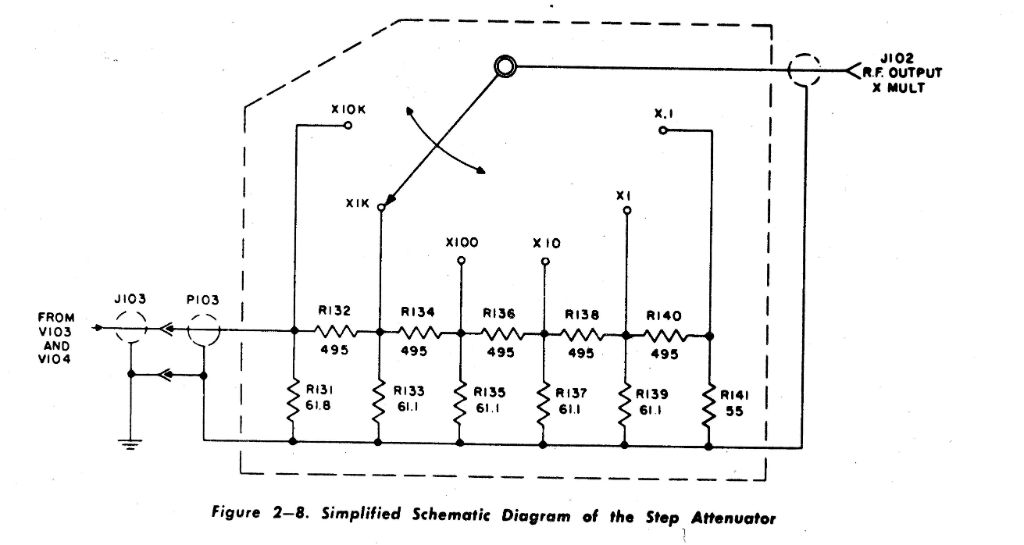PCB Fabrication Experiments

PCB Fabrication Experiments Filed in homebrew on Mar.31, 2015 I’ve been reading a lot lately about making your own printed circuit boards (mostly on the yahoo group qrp-tech ) I have made PCBs before, but only with the photoresist method, which is fairly expensive. After witnessing the great results by Chuck, K7QO , and with him having done most of the legwork on the method, I decided to start experimenting with his method a bit. First Attempt – Brother 5150d with plain paper The method involves using a laser printer to print a pattern on paper, then using a laminator to heat-transfer that pattern to the copper plated circuit board material. I had read that an HP printer works well, and had also heard about failures with the Brother brand of laser printers, due to the toner having a much higher melting point. Unfortunately, the Brother 5150d is the only laser printer that I have. But not to be discouraged, I decided to try it anyway, just to confirm that my aftermarket



